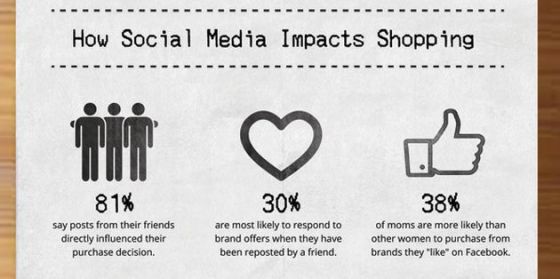According to the online dictionary, brand loyalty could be defined as “when consumers become committed to your brand and make repeat purchases over time”. Brand loyalty, literally, for the brand it self, it means successful. However, for the customers, sometimes, it means compulsive shopping. When you ask yourself, what brand you are always loyal to, you might find those brands have many other rival brands. Yet, you did not even consider these rival brands even they are good. That’s the influence of brand loyalty.
We make decision every day, ranging from signing a contract to buy a three dollars latte. You may always think you’ve done enough research about the market and you did price comparisons, and you made a right decision. Step back and think, sometimes you might be wrong.
Buyers, especially girls, they are easily attract to a specific brand. And the reasons they are loyal to the brand because they simply love the brand, style or even the models. In particular, the luxury brands are the most easy to build the brand loyalty because of its reputation. People will logically think that their products are the best because they gained huge reputation.
Sometimes, when you simply think the products are the best because you are not aware how much those products are valued. It’s hard to define how much a pair of Chanel shoes valued because value of the brand is priceless. And people cannot assess the value by comparing it to things that are just in the environment next to it. However, just assessing the cost of a pair of Chanel shoes, it might just be $100. So, here is a question? What do you buy? Do you buy a pair of shoes or the brand?
We are not against the luxury brand, here we just want to let you know sometimes what you buy might not be valued as their price tag shows. You have to be aware the purposes of shopping, buying the physical products or brand itself? Therefore it is important for you to think wisely before purchasing the products.
In the next blog, we are honored to invite one of our Facebook fans to tell her compulsive shopping experience. And you might find yourself the same in the story. Please stay tuned with Shopwise Shopaholic! 🙂






